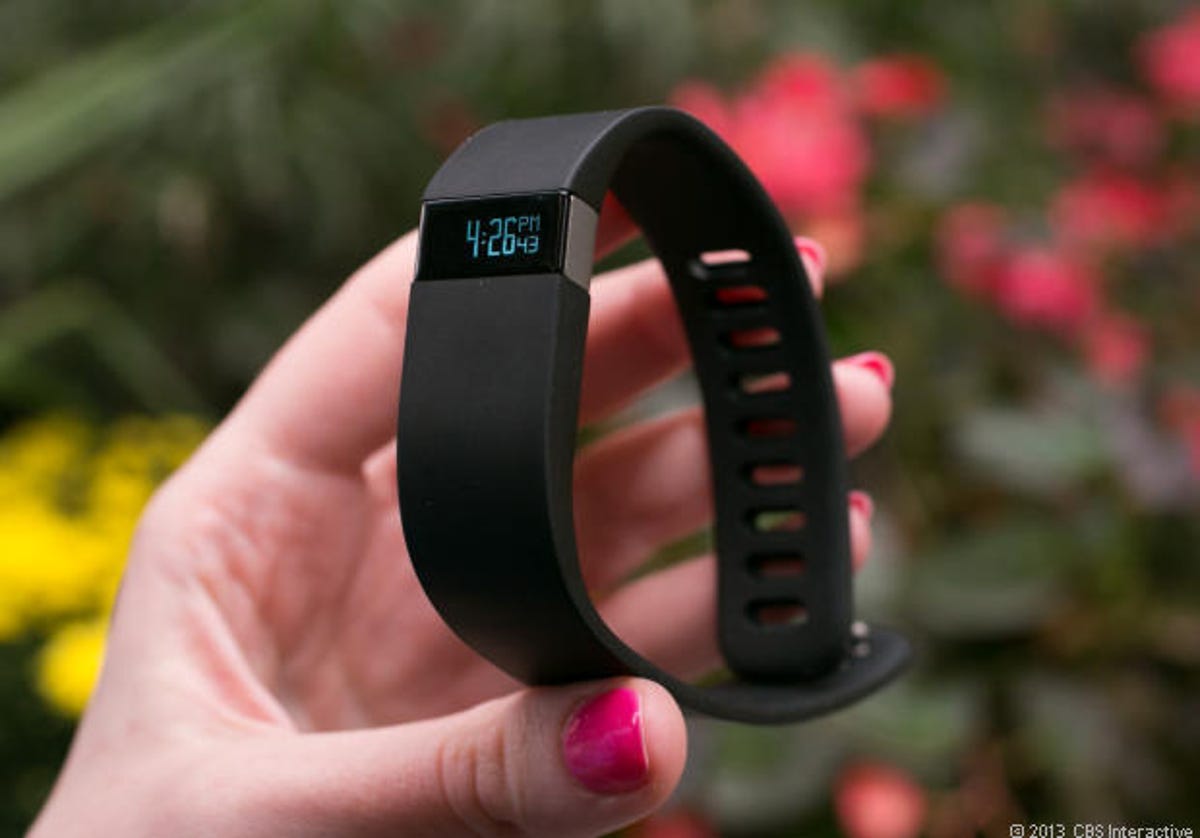
Sarah Tew/CNET
Despite the recall of Fitbit’s Force fitness tracker in February, the device maker is still out front — and its lead among wearable fitness trackers is growing, not shrinking.
“According to the latest NPD Group Retail Tracking Service report, Fitbit’s market share is higher than it was before the launch of Force,” Fitbit said in a statement given to CNET. NPD calculates market share based on the number of units sold, not sales in terms of revenue earned.
Before the release of the Force in October, Fitbit’s unit market share of wearable fitness trackers was 64 percent in the time span between September 29, 2013 and November 2, 2013. In the period weeks after Fitbit halted sales of the Force and issued its recall due to skin irritation issues — from March 9, 2014 to April 12, 2014 — Fitbit’s unit share had grown to 67 percent.
Related Stories
- Exclusive: Nike fires majority of FuelBand team, will stop making wearable hardware
- The end of fitness bands? Wearable tech feels ready to move forward
- Nike FuelBand — out of gas already?
- With FuelBand exit, Nike signals the limits of tech’s appeal
“Fitbit has confirmed those numbers with us and they are correct for the time periods stated,” said NPD spokesperson Sarah Bogarty. The report and its findings, while available to the public, require a subscription to NPD’s industry newsletter.
On the heels of Nike’s decision this month to downsize the team behind its FuelBand fitness tracker, speculation regarding the health of the wearable technology market is running high. For Fitbit, the front-runner in the wrist race, it’s an especially sensitive issue.
The company, founded in 2007, led the fitness tracker market in 2013 with 67 percent of units sold through brick-and-mortar and large e-commerce retailers. That’s nearly triple that of Jawbone, which claimed 19 percent with its Up band, and far ahead of the FuelBand’s 10 percent share the fitness tracker market.
Yet, mounting reports of rashes and other skin issues caused by the $129 Force — an upgraded version of its $100 Fitbit Flex wristband that includes a larger screen that displays time and tracking data — forced the company to stop selling the device and issue a recall in February.
Instead of hurting Fitbit’s position, however, the company saw a boost in units sold likely due to Fitbit’s multiple device offerings, which includes the $100 Flex wristband and $100 One clip-on tracker, as well as a $60 clip-on Zip.
“Having been immersed in making the most advanced health and fitness trackers over the past 7 years, we remain confident about the future of this category,” Fitbit added. “These are exciting times despite some of the recent sensationalized headlines and our goal is to continue our mission of helping people live healthier, more active lives.”



